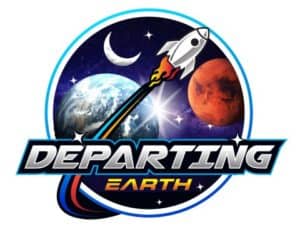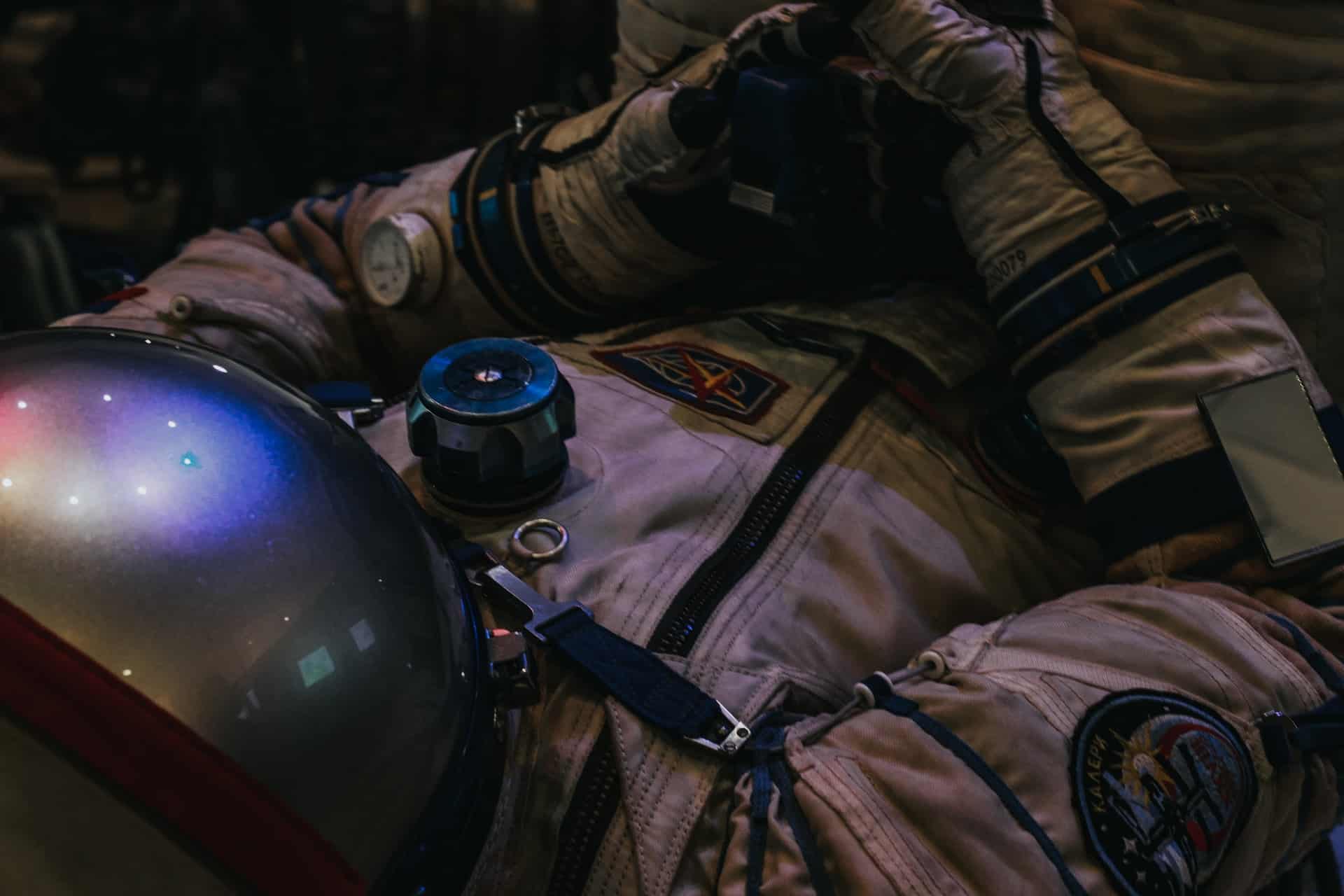Why use two different words to describe people working in the same kind of job? Why have astronauts and cosmonauts whereas they are trained for the same job? After all, a teacher in Africa will equally be referred to as a teacher in the United States of America. Well, an astronaut and a cosmonaut are two fundamentally different people, but with one job.
In Russia, people trained by the Russian Space Agency to work in space are referred to as cosmonauts. In the USA, people trained by NASA to work in space are referred to as astronauts. Those trained by JAXA, ESA, and CSA are also called astronauts.
In this article, we are going to have an in-depth analysis of the two terms and describe the difference between them. So read on to find out more.
What Is the Difference Between an Astronaut and a Cosmonaut?
There are differences between astronauts and cosmonauts which are a result of the different space programs in Russia and the United States of America. You will find out that most of the differences are entirely dependent on the selection criteria, the training, and equipment used in space.
- Selection Criteria
To become an astronaut or a cosmonaut you have to work very hard. You should have a clear plan that includes school and experience, getting in physical shape, passing the application process, and passing the training program.
The differences in selection criteria are highlighted below.
Astronaut requirements:
- You should be a citizen of the US either by birth or through dual citizenship.
- You are required to have graduated with a degree from an accredited learning institution in either field of engineering, sciences, computer science, and mathematics.
- You should also have a minimum of two years of professionally related experience. For a pilot, you will need to at least have 1000 hours of piloting hours on a jet aircraft.
- You should be capable of passing NASAs long-duration flight astronaut physical- It aims at judging if you will be able to make a relative decision under pressure while in a new environment.
- You should complete the training program before being part of a larger space crew. Training could be for 10 months or even more. You will be required to train for your specific role before joining others.
- There are no age limitations. However, most applicants average of 37 years.
Other skills like intrapersonal skills (communication skills, leadership skills) will be a huge boost here.
Cosmonaut requirements:
- You should be a legal citizen of Russia.
- During the time of application, you should have not exceeded 35 years.
- You should have a degree from a renowned university in the following fields; engineering and scientific flight specialties. The Russian Space Agency always recommends that you should have some experience in the aviation, rocket, and space industries.
Applicants are required to be capable of; being able to study space technology, have computer knowledge, and be equipped with a foreign language especially English.
- Selection Process
In the past years, the astronauts’ selection process took about 18 months. The majority of people that send their applications fail to get past this stage. NASA’s recruitment team members will tell you that they look for outstanding qualities from individuals. Out of 18300 people, only 120 people were selected. This number further narrowed down to 14 people. You are required to be able to meet the various physical demands and your medical records will also be checked.
For the cosmonauts, the applicants are required to go through four stages. First, there is an initial screening of the applicants which is accompanied by a complete medical checkup. The Russian Space Agency recruitment team then reviews each applicant’s credentials and finally carries out various tests needed for you to become a good cosmonaut.
- Training Program
Selected candidates from NASA are sent to comprehensive training at Johnson Space Center. Training usually takes at least two years. You will be required to carry out classroom-based training which relies on teaching you about the space equipment and gives all information about the International Space Station, ISS. A survival training program will also be included. This is necessary in case of emergencies.
Missions are selected and you will learn from the best in this field. You are taught some basics and how to successfully launch a space mission. Afterward, candidates are given specific roles to train as they wait to be part of a larger astronaut’s crew.
For the Cosmonauts, candidates are sent to learn at the Gagarin Cosmonaut Training Center (GCTC), Moscow, Russia. Candidates learn how to fly in Mig-29 zero-G flight and spacewalk simulation in Sokol and Orlan Spacesuits. Besides training, astronauts also learn about various medical procedures and should take up some intrapersonal communication classes.
Cosmonauts are required to take up at least two eras of training. During the training program, they will be required to learn the basics of the space network. Cosmonauts are required to take language classes. This will make it possible to communicate with the Russian Mission Control Center.
- Space Suits
Spacesuits are vital components for a space mission. To carry out a spacewalk, you will need a space-suit. They shield the astronauts and cosmonauts from extreme temperatures and supply them with oxygen when they are in the space vacuum. Besides, there is debris in space, another reason for a need for a spacesuit.
However, there are differences in spacesuit specifications between the current astronauts and cosmonauts.
Current Astronaut Space Suit Specifications.
- Name Baseline EMU – Extravehicular Mobility Unit
- Manufactures; ILC Dover (suit), Collins Aerospace (primary life support systems)
- Missions: STS-6 (1983) to STS-110 (2002)
- Function – Orbital extravehicular activity.
- Operating pressure: 4.5 psi (29.6 kPa)
- EVA suit weight- 109 lb (49.4 kg)
- Total shuttle EVA suit weight: 254 lb (115kg)
- Primary life support:8 Hours
- Backup life support: 30 minutes
Current Cosmonaut Space Suit Specifications.
- Name- Orian-MKS
- Manufacturer: NPP Zvezda
- Missions – Used on the International Space Station. (Has been in use from 2017)
- Function – Extra-vehicular activity (EVA)
- Operating pressure: 400 hPa (5.8 psi)
- Primary life support: 7 hours.
- Differences concerning the cultural and political differences of the United States and Russia
The Russian Space Agency has a long history of space exploration. Their first mission was in the year 1961 where they sent their first cosmonaut Yuri Gagarin to space. America’s astronaut Allan Shepard traveled to space in May 1961. The agencies all made a stride in establishing records for the first-ever woman to be sent into space. The first Russian female cosmonaut was Valentina Tereshkova whereas the United States sent a female astronaut, Sally Ride in June 1983.
In 1969, the United States Apollo 11 mission was the first to make a trip to the moon.
In general, the differences in both nation’s space achievements and programs has led to people viewing cosmonauts differently from astronauts. It’s an act of respect for their differences in space history that you can call a Russian astronaut a Cosmonaut.
- Differences in the name origin and job titles
The word cosmonaut was made by Russian scientists. It comes from two Greek words “Cosmo” and “naut”. When both words are combined, you will simply refer to a cosmonaut as a sailor of the universe.
American scientists also came up with the word Astronaut. It also has its origins from two Greek words “Astro” to mean stars and “naut” to mean a sailor. In simpler terms, they are referred to as sailors of stars.
Since the Russians had a better understanding of space in the early stages they referred to America’s astronauts as space travelers for the future and existed on sci-fi literature only. They referred to themselves as cosmonauts- like real-life members of spacecraft traveling to space.
Cosmonauts are awarded the title of cosmonaut after every successful mission. A title that was once worn by Yuri Gagarin.
- Physical and Medical requirements
The Russian space Agency set up different physical attributes. They wanted to avoid the dangers for instance of having a tall cosmonaut who can accidentally step or press a button while in space due to zero gravity.
The requirements at times have been hard fulfill and they include:
- Height should be between (1.50m -1.90m) and (0.80m-0.99m) when seated.
- Weight – (50 kg to 95kg) –based on your gender, age, and height
- Good medical record- you should have a good medical track. No chronic diseases.
The same can be said about NASAs astronauts who are needed to fulfill some physical requirements:
- Height- astronauts should be at least 4 feet (about 10.5 inches) – This essential to be able to fit into the spacesuits.
- The astronauts are also required to meet an acuity of 20/20 and their blood pressure should not exceed 140/90
- Should weigh between 50 kg to95 kg (110- 209) ponds.
In general, there aren’t many differences between cosmonauts and astronauts. The two appear to be the same and may even do the same kind of work. However, the differences in operational philosophies of the Russian space agency and that of the Americas is what stems from these differences.

